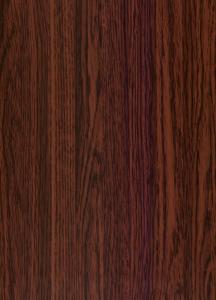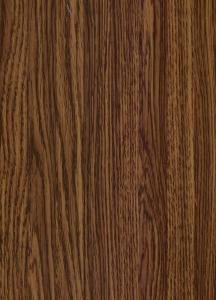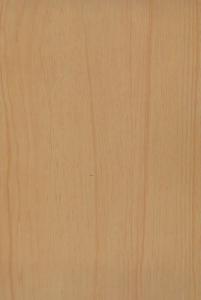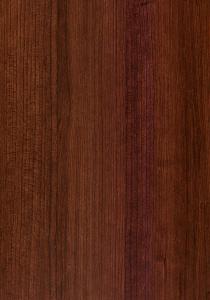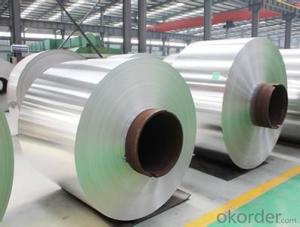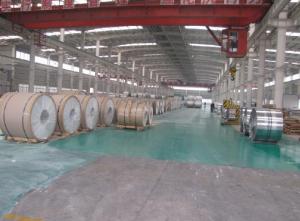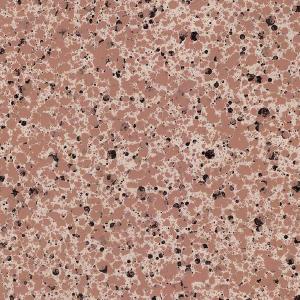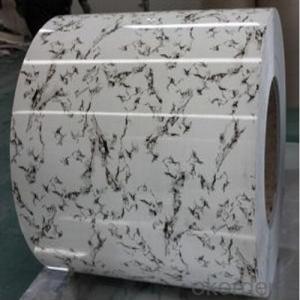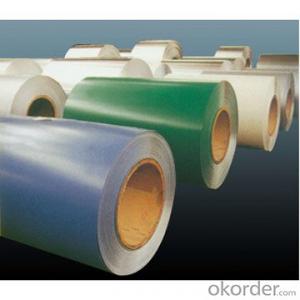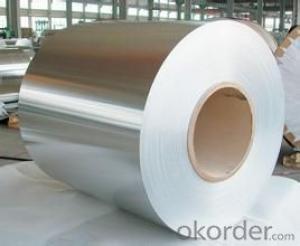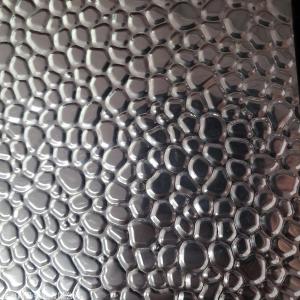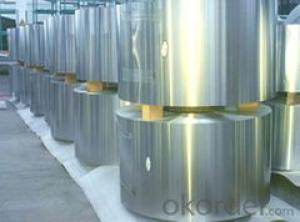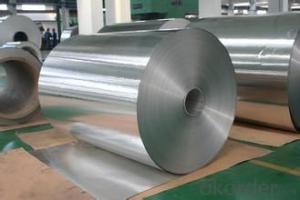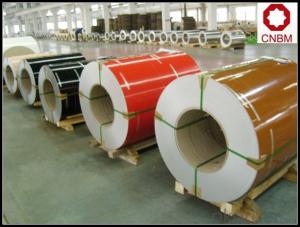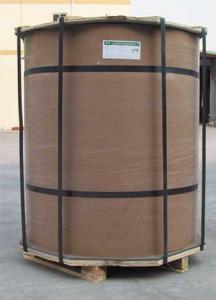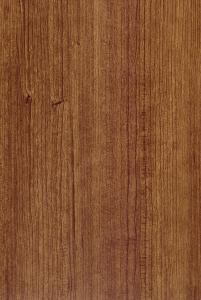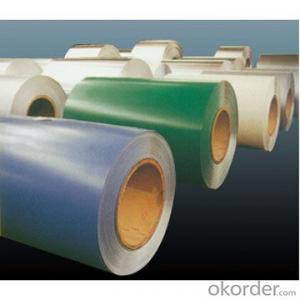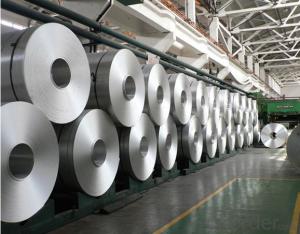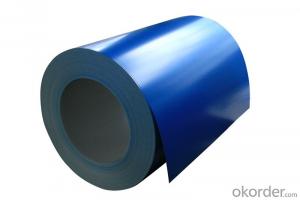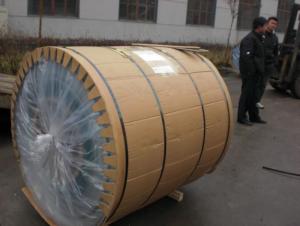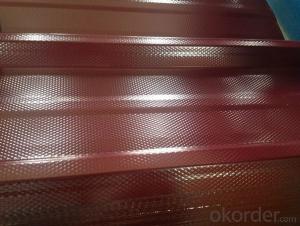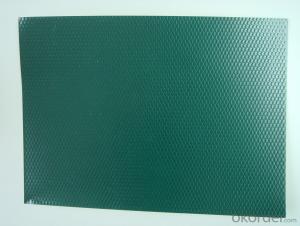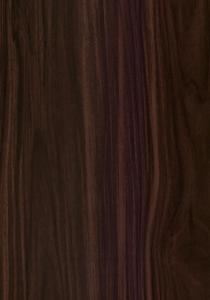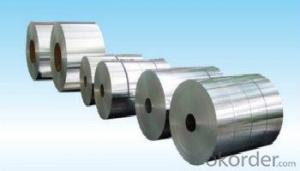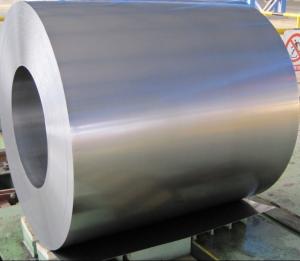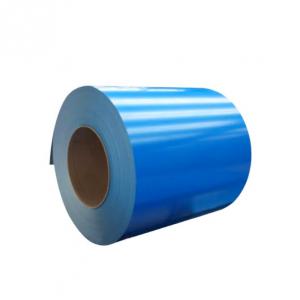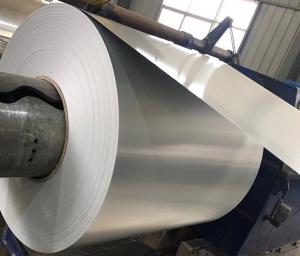Alcoa Aluminum Trim Coil
Alcoa Aluminum Trim Coil Related Searches
Alsco Aluminum Trim Coil Trim Coil Aluminum Alside Aluminum Trim Coil Almond Aluminum Trim Coil Napco Aluminum Trim Coil Aluminum Siding Trim Coil Vinyl Coated Aluminum Trim Coil White Aluminum Trim Coil Poly Aluminum Trim Coil Colored Aluminum Trim Coil Aluminum Trim Coil Roll Aluminum Trim Coil White Wood Grain Aluminum Trim Coil Pvc Aluminum Trim Coil Best Aluminum Trim Coil Rollex Aluminum Trim Coil Charcoal Gray Aluminum Trim Coil Berger Aluminum Trim Coil Woodgrain Aluminum Trim Coil Bronze Aluminum Trim Coil Spectra Aluminum Trim Coil Black Aluminum Trim Coil Bending Aluminum Trim Coil Aluminum Vinyl Siding Trim Coil Amerimax Aluminum Trim Coil 24 Aluminum Trim Coil Alside Pvc Aluminum Trim Coil Installing Aluminum Trim Coil Alcoa Aluminum Trim Coil Colors Pvc Coated Aluminum Trim CoilAlcoa Aluminum Trim Coil Supplier & Manufacturer from China
Alcoa Aluminum Trim Coil is a high-quality product that is widely recognized in the construction and manufacturing industries. This product is known for its durability, strength, and corrosion resistance, making it an ideal choice for various applications. It is commonly used in the production of automotive parts, aerospace components, and architectural structures, among other things. The versatility of Alcoa Aluminum Trim Coil allows it to be tailored to meet the specific needs of each project, ensuring optimal performance and efficiency.Alcoa Aluminum Trim Coil is extensively utilized in various industries due to its exceptional properties. It is particularly popular in applications where lightweight materials are required, such as in the automotive and aerospace sectors. Additionally, its resistance to corrosion and weathering makes it a preferred choice for outdoor architectural projects, including building facades and roofing systems. The product's adaptability also allows it to be used in a range of other applications, from marine structures to electronic components, making it a versatile and valuable material.
Okorder.com is a reputable wholesale supplier of Alcoa Aluminum Trim Coil, offering a vast inventory to cater to the diverse needs of clients. As a leading platform for sourcing high-quality materials, Okorder.com ensures that customers have access to reliable and consistent supplies of Alcoa Aluminum Trim Coil. Their extensive inventory allows them to meet the demands of various industries, providing a one-stop solution for all aluminum trim coil requirements. By partnering with Okorder.com, customers can benefit from competitive prices, fast shipping, and exceptional customer service, making it a preferred choice for sourcing Alcoa Aluminum Trim Coil.
Hot Products
